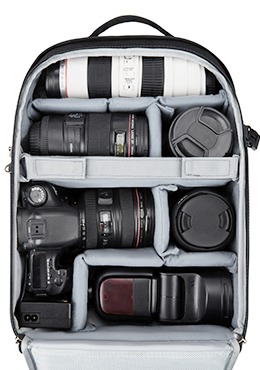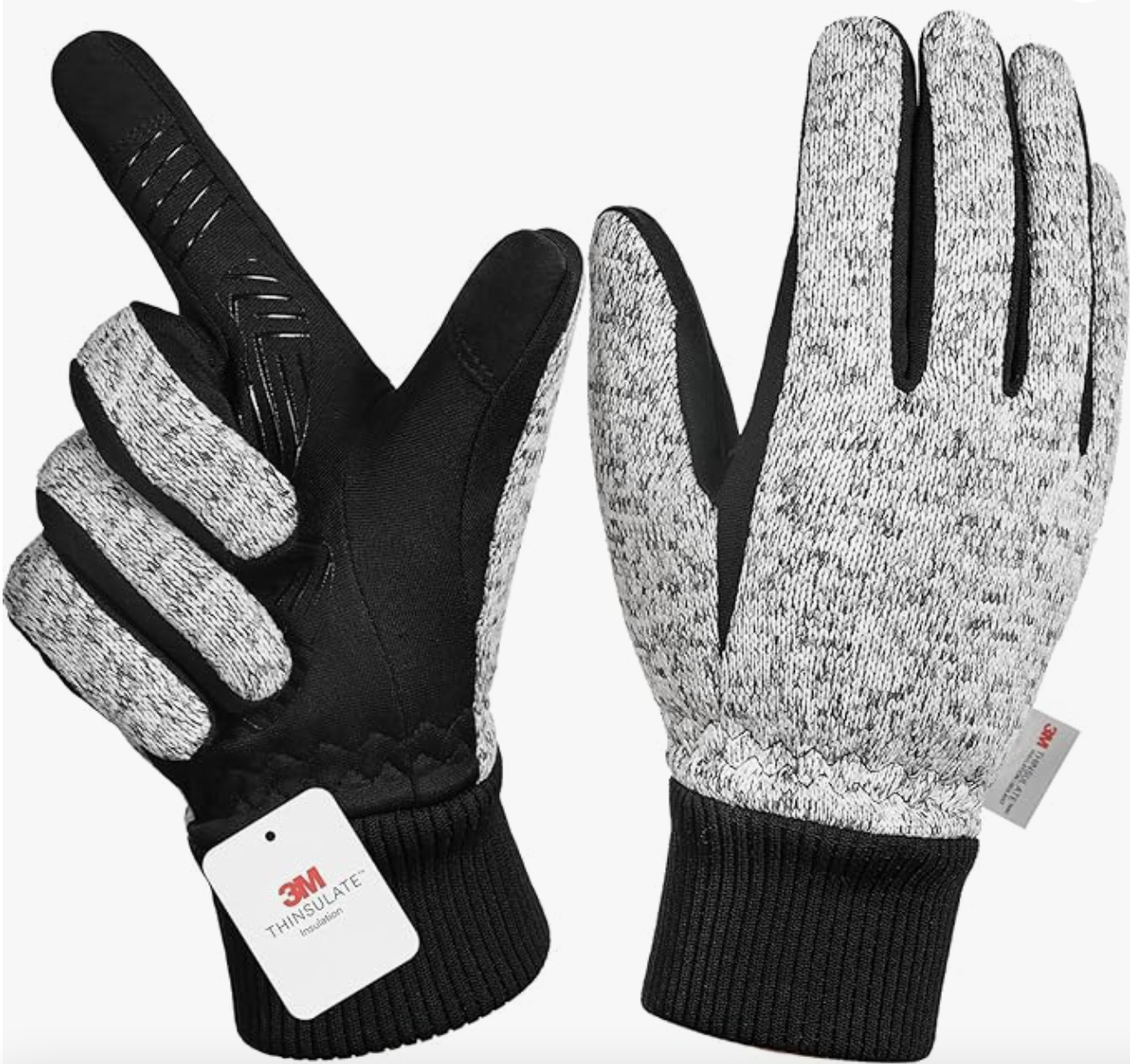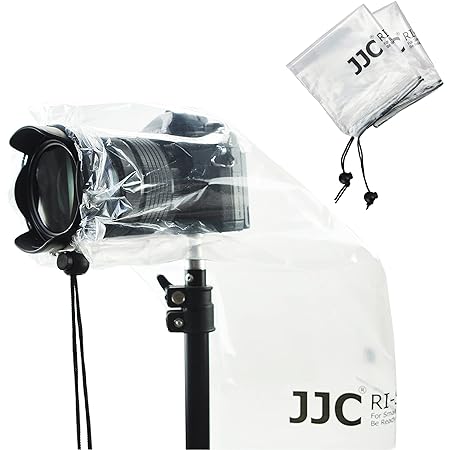Mastering the Art of Cold Weather Mini Photo Sessions
Tips and Tricks for Professional Photographers
By Shoott Staff
Tue, Jan 23 2024
 Photo Credit: Shoott
Photo Credit: ShoottEmbarking on a cold weather photoshoot is a thrilling venture promising awe-inspiring landscapes and distinctive visual stories. As winter blankets the world in a canvas of frosty wonders, professional photographers face a unique set of challenges and rewards. The allure of snow-covered scenes and the enchanting interplay of winter light provide unmatched creative opportunities. Yet, within this frozen beauty lies a spectrum of challenges, from the biting cold that can sap both the photographer and their gear to the intricacies of capturing scenes in the nuanced lighting of winter. Mastering the art of cold weather photography requires meticulous preparation and the application of specialized techniques. This post delves into essential tips and tricks, arming photographers with the knowledge not only to endure the elements but to flourish creatively in a winter wonderland. Join us on this journey to unveil the secrets of successful cold weather shoots – so, layer up and let's explore the magic together.
Preparing Your Gear
When venturing into the frosty realms of cold weather photography, ensuring your camera gear is up to the task becomes paramount. Invest in a weather-sealed camera to shield against snow, sleet, and biting winds, providing a robust defense against the elements. Equally crucial is the selection of lenses tailored to the specific demands of cold weather shooting. Opt for lenses with wider apertures for low-light situations and consider the versatility of zoom lenses to adapt swiftly to changing scenes without exposing your equipment to the harsh weather. Keep in mind, the frigid temperatures can wreak havoc on battery performance. To counteract this, bring extra batteries and store them close to your body to maintain their effectiveness. Implementing battery-saving techniques, such as turning off unnecessary features and keeping spare batteries insulated, will ensure your camera stays powered throughout the chilly shoot. By fortifying your camera arsenal with weather-resistant bodies, choosing the right lenses, and adopting battery-preserving strategies, you're setting the foundation for a successful and enduring cold weather photography experience.
In the unforgiving chill of winter, the right accessories can make the difference between a comfortable and productive photoshoot and a frostbitten struggle. Start by investing in an insulated camera bag (here is another option) to safeguard your equipment from the biting cold. These bags not only provide an extra layer of protection but also help maintain a stable temperature for your sensitive gear. Additionally, consider lens hoods and filters to combat the challenges posed by snow, wind, and changing light conditions. Lens hoods shield your lens from flurries and unwanted glare, while filters can enhance contrast and minimize reflections on snowy surfaces. As the temperature plummets, keeping yourself warm is just as crucial as protecting your gear. Hand warmers and heat packs strategically placed in your pockets or camera bag can be a lifesaver, ensuring nimble fingers and a comfortable shooting experience. These cold weather accessories collectively form a shield against the winter elements, allowing photographers to focus on capturing the magic of the season without compromising their gear or personal comfort.

Clothing and Comfort
As the temps plunge, photographers must become masters of layering to brave the cold comfortably. Start with a moisture-wicking base layer to ward off sweat-induced discomfort, then layer on insulation to trap body heat and ensure essential warmth. However, it's crucial not to overlook the outer layer – make sure it's both waterproof and windproof. This final layer acts as a robust shield against the biting cold and unexpected weather elements, ensuring that you remain dry and well-protected throughout your shoot. And don't forget the hands – insulated gloves (here is another option) are your best friends in winter! When it comes to footwear, warmth, waterproofing, and traction should top the checklist. Opt for insulated and waterproof boots with a solid grip to confidently navigate icy or snowy terrains. By gearing up for the winter elements, photographers can concentrate on crafting captivating images and not numb toes!

Shooting Techniques
Navigating a winter photoshoot demands a nuanced understanding of shooting techniques tailored to the unique challenges posed by the cold. Begin by adjusting your camera settings to accommodate the winter environment. White balance adjustments are crucial to counteract the cool tones prevalent in snowy scenes, ensuring accurate color reproduction. In low light conditions, crank up your ISO settings to maintain optimal exposure without compromising image quality. However, be mindful of potential noise and balance it with the need for a well-exposed shot. Shutter speed considerations play a pivotal role, especially when capturing fast-paced winter activities or maintaining sharpness in frosty landscapes. A faster shutter speed can freeze motion, preserving the crispness of falling snow or the grace of a winter sports enthusiast. Mastering these camera adjustments allows photographers to not only adapt to the cold but also to unleash the full creative potential of the winter canvas.
When it comes to navigating snowy landscapes during a winter photoshoot, mastering the nuances of snow and reflections is key to capturing the magic of the season. First, consider snow exposure compensation to ensure your camera doesn't underexpose the scene due to the bright snow. Adjust your exposure settings to strike the right balance, preserving the pristine look of the snow without sacrificing details in the shadows. Managing glare and highlights is equally essential. Utilize lens hoods and polarizing filters to minimize reflections from the snow and other reflective surfaces, ensuring clarity and preventing overexposure.
Winter Lighting
Embracing the full spectrum of natural light during a winter photo shoot opens up a world of creative possibilities. While the winter sun may sit lower in the sky, casting long shadows and providing a warm, golden glow during the golden hours, there's ample beauty to capture at any time of the day. Experiment with shooting during midday to capture crisp, high-contrast scenes accentuated by the sun's direct angle. In overcast conditions, diffuse light creates a soft, even illumination, perfect for highlighting textures in snowy landscapes. During the twilight hours, the soft blues and purples of the winter sky can add a touch of magic to your images. The key is to adapt and leverage the unique qualities of light available throughout the day. Don't shy away from exploring different times, as each presents an opportunity to tell a distinct story through your winter photographs. Whether it's the gentle hues of dawn, the stark contrasts of midday, or the serene twilight, each moment holds the potential for captivating winter imagery.
Safety Measures for You…and Your Equipment!
When embarking on winter photoshoots, prioritizing safety is as crucial as capturing that perfect shot. Staying warm isn't just a matter of comfort; it's fundamental to preventing cold-related issues like hypothermia. Take regular breaks to retreat to a sheltered spot and warm up, allowing your body to recover from the biting temperatures. Recognizing the early signs of cold-related issues is equally essential. Pay attention to numbness or tingling in extremities, excessive shivering, or confusion—these are indicators of potential problems like frostbite or hypothermia. Dress in layers to regulate body temperature, stay hydrated, and be mindful of wind chill factors. By incorporating these safety measures into your cold weather photography routine, you can ensure a comfortable and secure experience, allowing you to focus on capturing the beauty of winter without compromising your well-being.
Preserving the integrity of your photography equipment in extreme winter conditions is paramount for a successful and stress-free shooting experience. Shield your gear from snow, sleet, and freezing temperatures by investing in high-quality rain covers and protective cases. These essential accessories act as a robust defense, ensuring your cameras and lenses remain functional and damage-free in the face of the elements. Additionally, be vigilant about preventing condensation on your lenses, which can occur when transitioning between cold outdoor environments and warmer indoor spaces. To mitigate this risk, seal your camera gear in a protective bag before moving indoors to allow it to acclimate gradually to the warmer temperature, minimizing the chances of condensation forming on sensitive lens surfaces. By adopting these measures, you not only safeguard your valuable equipment but also guarantee that it performs optimally in the challenging conditions presented by winter photography.

Composition Tips for Winter Scenes
Embrace the intrinsic beauty of winter landscapes, with blankets of pristine snow and bare branches adorned with frost, providing an enchanting setting for family portraits. Incorporate elements like frost-kissed leaves and icicles into compositions, adding a touch of delicacy and sparkle to the frame. Seek out contrast and color in the winter environment, whether it's vibrant winter accessories against the snowy canvas or the deep blue hues of a clear winter sky. Experiment with positioning your subjects against dark evergreen trees or vibrant winter accessories to create striking visual contrasts. By skillfully embracing these composition tips, photographers can elevate their winter photoshoots, turning the cold landscape into a warm and visually stunning backdrop for capturing cherished moments.
Client Comfort
When winter's embrace tightens, photographers face not only the challenge of capturing stunning images in the cold but also the task of ensuring a positive experience for their clients. Communication becomes key in managing expectations and ensuring everyone is on the same page. Be transparent about the weather conditions, advising clients to dress warmly and come prepared for the cold. Consider offering breaks during the session to allow clients to warm up, ensuring their comfort throughout the shoot. Scout locations in advance to identify spots that may provide protection from chilly winds. Additionally, infuse a sense of warmth and fun into the session – suggest activities like sipping hot cocoa or incorporating cozy blankets into the shoot to create a comfortable and enjoyable atmosphere. By prioritizing client comfort, maintaining clear communication, and infusing creativity into the cold weather shoot, photographers can not only capture beautiful winter moments but also leave clients with a positive and memorable experience.
Post-Processing Considerations
Post-processing plays a pivotal role in elevating winter photography from beautiful to breathtaking. When enhancing winter scenes, focus on editing techniques that emphasize the ethereal quality of snow and the unique light conditions of the season. Adjusting contrast and saturation can bring out the crispness of snowy landscapes, while subtle color grading can enhance the cold ambiance. Tackling exposure challenges in snowy landscapes is crucial; avoid overexposure by fine-tuning highlights and shadows to preserve details in the brightest and darkest areas. Leverage graduated filters to balance exposure in expansive snowy scenes. Moreover, embrace the opportunity to showcase the distinctive qualities of cold weather photography during post-processing. Bring out the subtleties of winter light, accentuate the textures of frost and snow, and play with monochromatic tones to emphasize the serene mood. By employing these post-processing considerations, photographers can transform their winter captures into stunning visual narratives that highlight the unique charm of cold weather scenes.
As we wrap up this exploration into the world of cold weather photography, it's evident that the challenges presented by winter landscapes are met with an abundance of creative opportunities. From fortifying your camera gear against the elements to mastering shooting techniques that capture the essence of snow-covered scenes, each aspect contributes to a comprehensive toolkit for successful winter photography. The winter wonderland, with its pristine beauty and unique lighting conditions, invites photographers to embrace the challenges and seize the chance to create captivating visual narratives. Whether it's navigating icy terrains, managing exposure in snowy landscapes, or harnessing the enchanting qualities of natural winter light, every tip and trick discussed here is a step toward unlocking the secrets of successful cold weather shoots. So, as you bundle up for your next winter expedition, remember that each frosty challenge is an opportunity for photographic magic, waiting to be captured and shared with the world. Embrace the cold and let the creativity flow like snowflakes in the winter breeze!
Shoott 1178 Broadway, 3rd Floor #1129, New York, NY 10001
+1 917-275-7471




